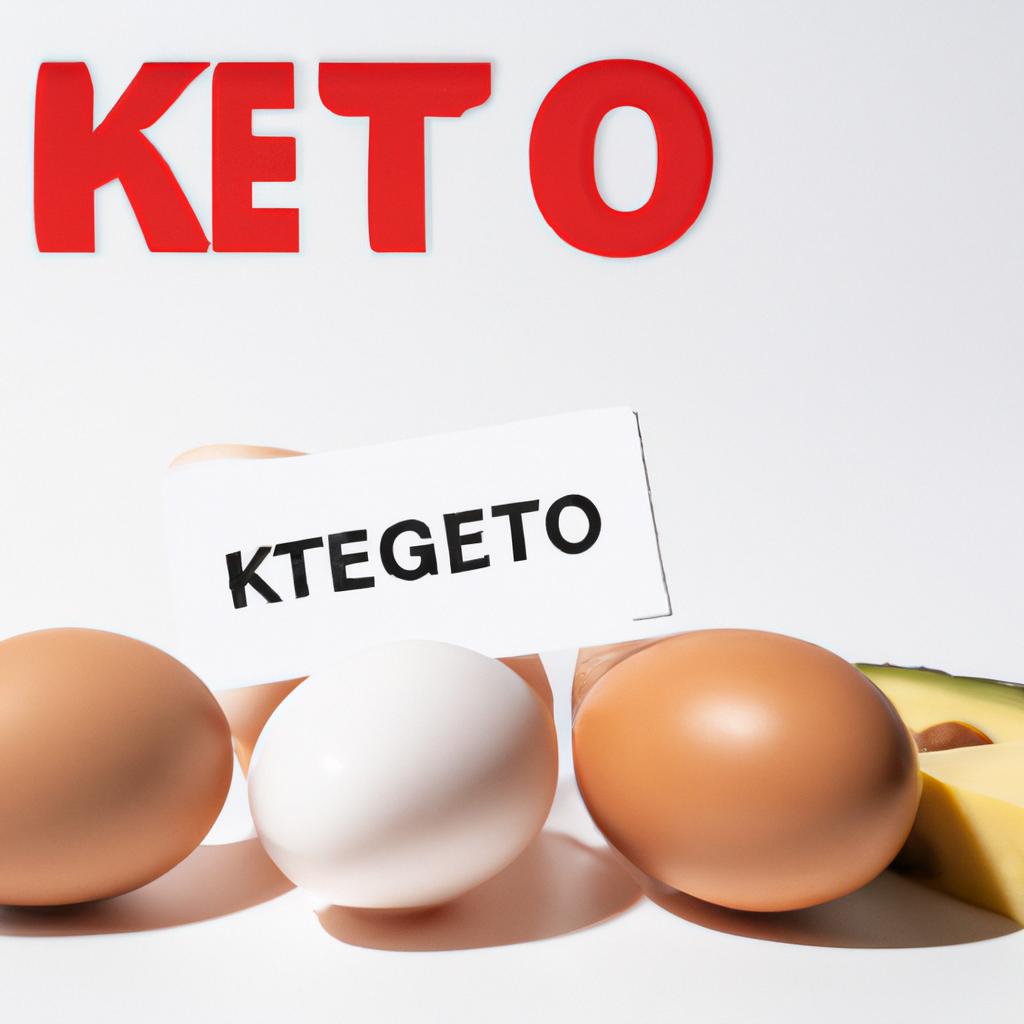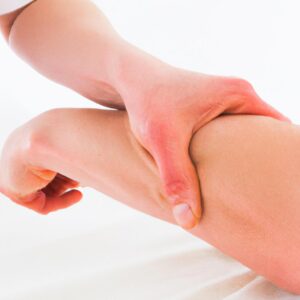**”Optimizing Nutrient Timing for Endurance Athletes: The Critical Window of Carbohydrate Intake Before, During, and After Long-Distance
# Optimizing Nutrient Timing for Endurance Athletes: The Critical Window of Carbohydrate Intake Before, During, and After Long-Distance
Endurance sports, whether it’s marathon running, cycling, or triathlons, demand not only physical prowess but also strategic nutritional planning. Among the various nutrients, carbohydrates play a pivotal role in fueling performance and aiding recovery. For endurance athletes, understanding the timing of carbohydrate intake can significantly enhance endurance, optimize performance, and speed up recovery. In this blog post, we will delve into the critical windows of carbohydrate intake before, during, and after long-distance events, providing you with actionable insights to optimize your nutrition strategy.
## The Importance of Carbohydrates in Endurance Sports
### Fueling the Body
Carbohydrates are the primary energy source for endurance athletes. During prolonged exercise, glycogen stores in the muscles and liver are depleted, making it essential to replenish these stores to maintain performance. Carbohydrates convert to glucose, which is used for energy, allowing athletes to sustain their efforts over long durations.
### Glycogen Stores and Performance
Maximizing glycogen stores is crucial for endurance performance. Research indicates that athletes who consume adequate carbohydrates before and during events can perform significantly better than those who do not. Therefore, understanding when and what to eat can make a substantial difference in performance outcomes.
## Carbohydrate Intake Before Long-Distance Events
### Pre-Exercise Nutrition
The window before exercise is an opportunity to optimize glycogen stores. Consuming a balanced meal rich in carbohydrates 3-4 hours before an event can significantly enhance performance. This meal should be low in fat and fiber to minimize gastrointestinal discomfort.
### Quick Energy Sources
If time is limited, athletes can consume easily digestible carbohydrates, such as bananas, energy gels, or sports drinks, 30-60 minutes before the start. This quick intake can provide the necessary boost without causing discomfort during the event.
## Carbohydrate Intake During Long-Distance Events
### Sustaining Energy Levels
During prolonged exercise, glycogen stores can deplete rapidly. Consuming carbohydrates during the event is crucial for maintaining energy levels. Aim for 30-60 grams of carbohydrates per hour, depending on the intensity and duration of the activity. Options include energy gels, chews, and sports drinks, which can be easily consumed on the move.
### Hydration Matters
It’s important to remember that hydration plays a critical role in carbohydrate absorption. Pairing carbohydrates with electrolytes can aid in optimal absorption and prevent dehydration, ensuring that your body can efficiently utilize the energy provided.
## Carbohydrate Intake After Long-Distance Events
### Recovery Nutrition
The recovery window immediately after exercise is vital for replenishing glycogen stores. Consuming carbohydrates within 30 minutes post-exercise can maximize glycogen resynthesis. Aim for a carbohydrate-to-protein ratio of about 3:1, which can be achieved through recovery shakes, smoothies, or even a meal containing lean protein and grains.
### Long-Term Recovery
Continued carbohydrate intake over the following 24 hours is essential for full recovery. Incorporate high-quality carbohydrates such as whole grains, fruits, and vegetables into your meals to support recovery and prepare for future training sessions.
## Nutrition Tips
– **Plan Ahead**: Prepare your meals and snacks in advance to ensure you have the right foods available at the right times.
– **Experiment in Training**: Use training sessions to test different carbohydrate sources and timing strategies to find what works best for your body.
– **Stay Hydrated**: Make hydration a priority before, during, and after the event to support overall performance and recovery.
– **Listen to Your Body**: Everyone’s nutritional needs can vary, so pay attention to how your body responds and adjust accordingly.
## Exercise Advice
– **Incorporate Variety**: Engage in various types of endurance training to enhance different energy systems and familiarize your body with various fueling strategies.
– **Gradual Increase in Intensity**: Gradually increase the intensity and duration of your workouts to improve your ability to utilize carbohydrates efficiently.
– **Recovery Days**: Don’t overlook the importance of recovery days; they are essential for allowing your body to rebuild and replenish glycogen stores.
## Health Benefits
– **Enhanced Performance**: Proper carbohydrate timing can lead to improved endurance and performance in long-distance events.
– **Faster Recovery**: Adequate carbohydrate intake post-exercise can accelerate the recovery process, allowing athletes to train harder and more frequently.
– **Injury Prevention**: By ensuring that glycogen stores are replenished, athletes may reduce the risk of fatigue-related injuries and enhance overall health.
In conclusion, optimizing nutrient timing, particularly carbohydrate intake, can significantly impact the performance and recovery of endurance athletes. By strategically planning your carbohydrate consumption before, during, and after long-distance events, you can enhance your endurance, improve recovery, and ultimately achieve your athletic goals. Prioritize your nutrition strategy to unlock your full potential as an endurance athlete.















Post Comment